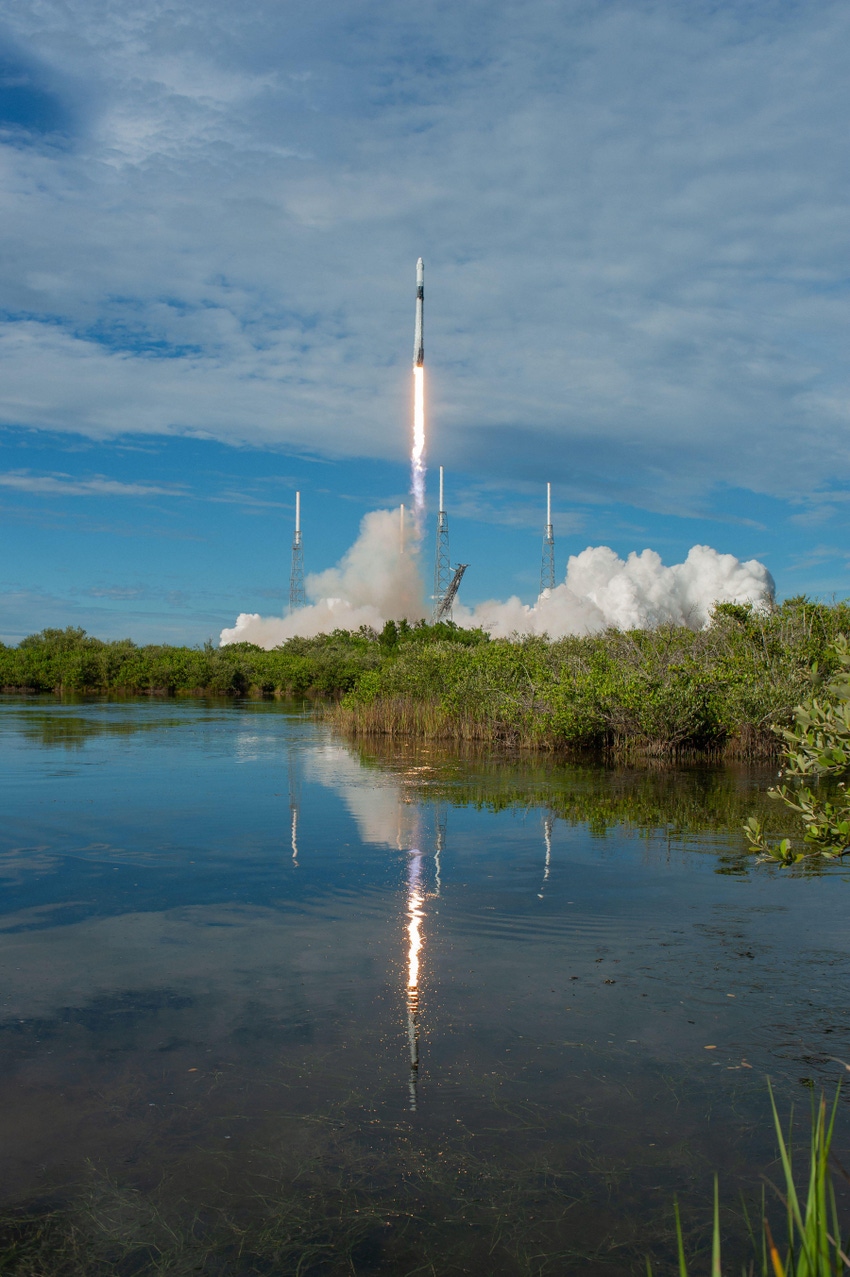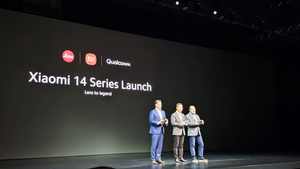SpaceX pushes 'direct to cell' business forward
SpaceX debuted a new website for its "direct to cell" services at roughly the same time the company asked the FCC for 'Special Temporary Authority,' starting in December, to launch and test direct to cell services via its Gen2 satellites.

SpaceX, the rocket company backed by the world's richest man, outlined its plans to offer a "direct to cell" service worldwide starting next year via a new website. Company officials touted the new site on social media.
"Direct to Cell works with existing LTE phones wherever you can see the sky. No changes to hardware, firmware or special apps are required, providing seamless access to text, voice and data," according to the site.
SpaceX promised texting services starting next year, voice and data services starting in 2025, and IoT services also starting in 2025. The company did not disclose the details of those offerings, including where they would be available and when they would launch.
"Direct to Cell satellites will initially be launched on SpaceX's Falcon 9 rocket and then Starship. On orbit the satellites will immediately connect over laser backhaul to the Starlink constellation to provide global connectivity," according to the company.
The company also name-checked all the operators around the world it is planning to work with for its direct to cell services:
T-Mobile in the US
Optus in Australia
Rogers in Canada
One in New Zealand
KDDI in Japan
Salt in Switzerland
SpaceX first disclosed its cell plans via a press event in August 2022 featuring SpaceX CEO Elon Musk and T-Mobile CEO Mike Sievert.
Adapting the plan
Alongside its new website, SpaceX also recently asked the FCC for "Special Temporary Authority" starting in December to launch and test the company's direct to cell services via SpaceX's Gen2 satellites.
"This STA is necessary as the Commission continues to process SpaceX's application to enable supplemental coverage from space (SCS) for consumers on a permanent basis and would permit SpaceX to timely launch its first tranche of direct-to-cellular-enabled satellites in December 2023. In the alternative, SpaceX urges the Commission to grant its direct-to-cell application."
The STA also lists a handful of locations where SpaceX would test the services with T-Mobile, including Mountain View, California; Kansas City, Kansas; Dallas, Texas; Redmond, Washington; Miami, Florida; Los Angeles, California; and Houston, Texas.
AT&T quickly sought to block the move, arguing that SpaceX and T-Mobile need a waiver, not an STA, to test their services. "The FCC's rules do not permit SpaceX's proposed use of T-Mobile's spectrum without waiver of the US Table of Frequency Allocations, Part 24 technical and operational rules, and the Commission's leasing rules," AT&T wrote to the FCC this week. "The STA contains none of these waiver requests, and the WTB [Wireless Telecommunications Bureau, of the FCC] has not yet granted the necessary waivers that would permit SCS [supplemental coverage from space] operations in terrestrial mobile frequencies."
AT&T is using a waiver to test its phone-to-satellite services with startup AST SpaceMobile.
The FCC has not yet acted on SpaceX's STA request.
Thus, SpaceX appears to be tweaking its initial launch hopes. When the company announced its teaming with T-Mobile last year, the companies said they would launch "a beta in select areas" by the end of 2023. It's unclear whether SpaceX's STA request aligns with its hopes for a "beta" test.
Further, Musk said in 2022 that SpaceX hoped to use the company's Starship rockets to get its Gen2 satellites into space. However, as noted by The Information, those rockets likely won't be ready for use this year. That appears to be pushing SpaceX to embark on its fallback plan of launching smaller Gen2 satellites on the company's existing Falcon 9 rocket. Musk outlined that fallback plan – he described it as "a sort of Starlink V2 mini" – in 2022, as noted by SpaceNews.
The bigger picture
SpaceX is, of course, one of many companies pursuing the market for space-based Internet services, specifically using low-Earth orbit (LEO) satellites. For example, as reported earlier this month, the first two satellites for Amazon's Project Kuiper LEO constellation left Earth aboard a United Launch Alliance (ULA) Atlas V rocket.
Indeed, there are enough satellites in orbit now that the FCC has begun issuing fines to satellite operators like Dish Network for creating dangerous debris in orbit.
Moreover, a range of companies are chasing the opportunity to offer the same kind of "direct to cell" services that SpaceX outlined on its website. AST SpaceMobile and Lynk Global hope to do so in the same way as SpaceX – by using terrestrial operators' existing spectrum holdings.
Others, though, are hoping to follow the lead of Apple and Globalstar. Apple's new iPhones use Globalstar's satellite spectrum holdings for emergency messaging services. Other companies, including Qualcomm, Iridium, Dish Network, Omnispace and Ligado Networks, are pursuing that strategy.
However, there have been a number of hiccups along the way for virtually all the players in the market. For example, Iridium said it won't offer direct-to-device (D2D) services through Qualcomm until next year, a delay from its original plans. Meanwhile, AST SpaceMobile in 2020 had hoped to start offering commercial services this year, but now it doesn't expect to launch its initial batch of commercial satellites until the first quarter of next year.
About the Author(s)
You May Also Like












